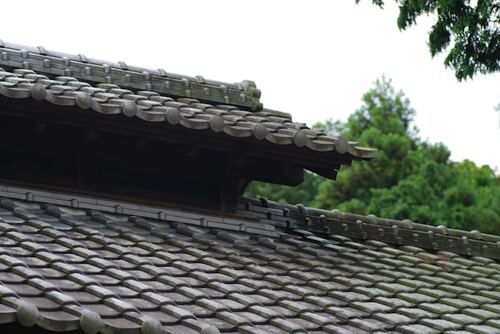What if the best way to bring natural light into a space isn’t windows or skylights at all? Most people overlook one subtle yet powerful option that can completely change how a space feels, functions, and flows: the glazed roof hatch.
Architects, builders, and designers often focus on walls, floors, and facades. Roofs get less attention, especially when it comes to access and light. That’s where a glazed roof hatch steps in. It’s not just a functional feature. It’s a design choice that can elevate a project both aesthetically and practically.
What Is a Glazed Roof Hatch?
A glazed roof hatch is exactly what it sounds like: a roof hatch with a transparent or translucent panel. It provides rooftop access while also allowing natural light to filter into the space below.
Glazed roof hatches are most often used in flat or low-slope roofs and are typically installed in commercial, industrial, and modern residential buildings. But it’s not just about getting onto the roof. It’s about changing how the building works from the inside out.
Functionality First, Then Style
A roof hatch is about access. Maintenance crews, inspectors, or building staff need safe, secure ways to get to the roof. Traditionally, this was done through a solid steel hatch. It worked fine, but it was dark, heavy, and often created an awkward moment in the ceiling design.
By adding a glazed panel, you get the same functionality, with a few major advantages:
- Natural light – It introduces daylight to stairwells, corridors, or other spaces that would otherwise need artificial lighting.
- Energy efficiency – More light means less reliance on overhead fixtures during daytime hours.
- Visual connection – The space feels more open and connected to the outdoors, even if it’s just a sliver of sky.
- Safety enhancement – Some models allow for smoke ventilation or emergency egress, combining safety with aesthetics.
This isn’t just a hatch. It’s a multi-purpose element that blends engineering with design intention.
Daylight from the Top Down
When you think about natural light in architecture, windows and skylights usually take center stage. But glazed hatches offer something different. They’re often placed in more functional zones: stairwells, maintenance corridors, mechanical rooms, or secondary spaces that still benefit from natural light but don’t typically get designed with large glazing.
That’s what makes them so effective. They take spaces that would usually be dark, harsh, and artificial and give them warmth and dimension.
The effect of top-down light can also dramatically shift how a space feels. Light from above is diffuse, consistent, and casts fewer shadows. It brings clarity without glare. In narrow areas or vertical volumes, it creates the illusion of more space.
And it’s not just about light quantity. It’s also about light quality. The changing sky, the cloud movement, the color temperature throughout the day… all of that influences how the space feels without any need for switches, dimmers, or timers.
Where They Work Best
Glazed roof hatches can work in many types of buildings, but they’re especially valuable in:
Multi-story stairwells
Staircases are a classic spot for roof hatches, but they’re also notoriously dark. Adding glazing at the top introduces a column of light that transforms the space.
Rooftop terraces
Some hatches double as access points for rooftop decks. A glazed option provides light below while keeping the pathway above sleek and minimal.
Lofts and attic conversions
In residential settings, where ceiling space is tight and vertical light is key, glazed hatches offer a clean, modern way to add both function and light.
Maintenance zones
Even utility areas benefit from natural light. It improves visibility, safety, and reduces the need for constant overhead lighting.
Practical Considerations
Of course, not every glazed hatch works for every situation. Here are a few things to keep in mind when choosing one:
- Glazing type – Single-pane, double-pane, or even triple-glazed options may be available. Thermal performance matters, especially in colder climates.
- Access style – Some hatches are hinged, others slide. Some open manually, others are powered. The right fit depends on how often it’s used.
- Security – Hatches must meet safety and locking standards, particularly in commercial or multi-use buildings.
- Waterproofing – Because it’s part of the roof envelope, proper flashing and sealing are essential.
- Weight and structure – Glazing can be heavy. Make sure the roof structure supports it and that the hatch is installed correctly to avoid future issues.
Why Designers Love Them
There’s something understated but powerful about a detail that serves multiple functions at once. Designers often talk about “quiet architecture” — features that don’t scream for attention but make the whole project better. That’s exactly what a glazed roof hatch does.
It blends in while delivering impact. You might not notice it immediately, but you’ll feel the difference. The space seems more considered. The light shifts naturally. The building works better. In modern design, where simplicity, light, and function often drive decisions, a glazed hatch fits right in.
Light Where You Least Expect It
Sometimes, the most impactful design choices aren’t the ones on display. They’re the ones that quietly enhance how a building feels and functions without taking over the visual story.
A glazed roof hatch is one of those details. It changes what’s possible in overlooked corners. It adds dimension to spaces that would otherwise be forgotten. And it proves that access and beauty can go hand in hand.
